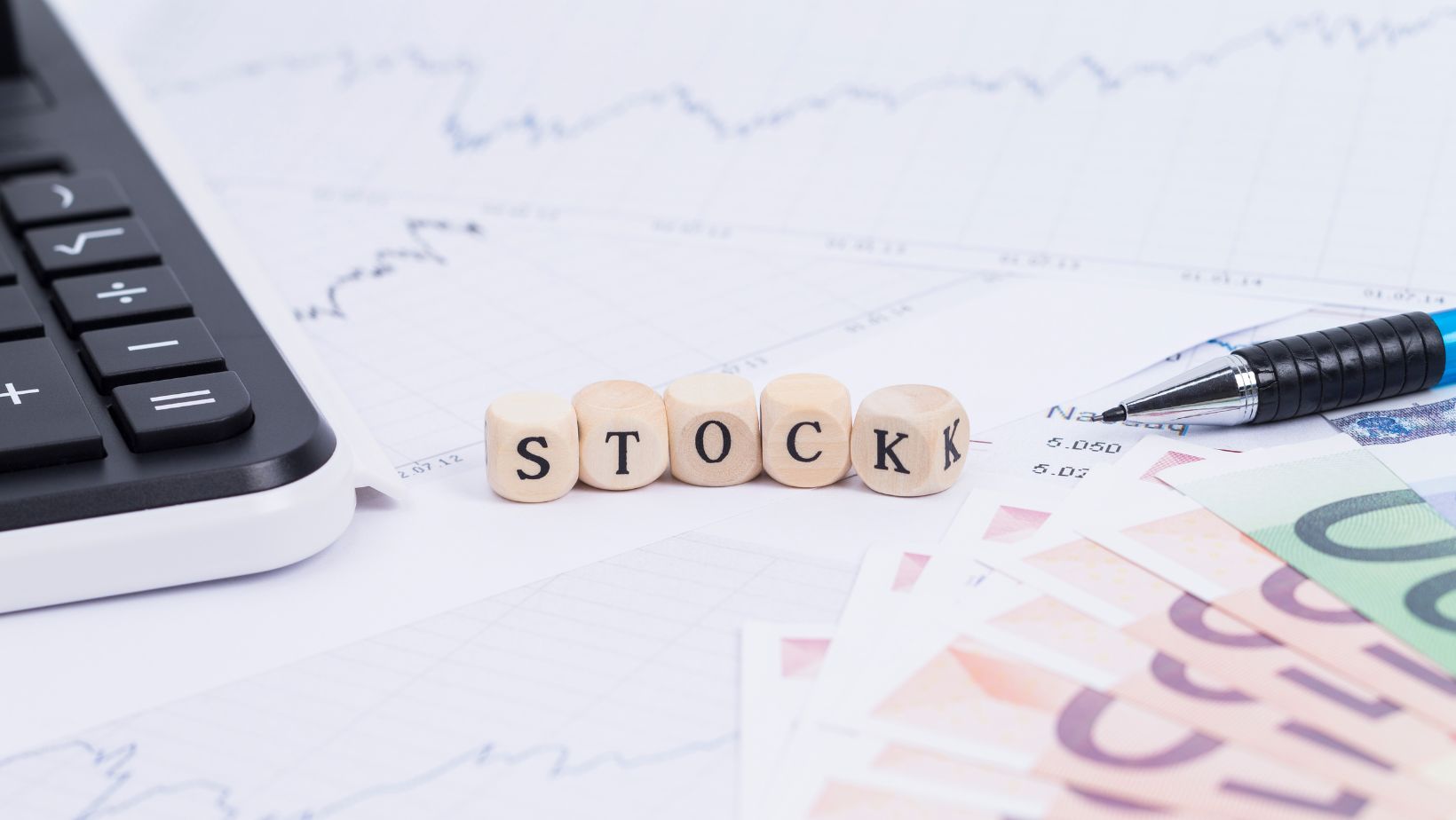
How to Invest in Whatnot Safely and Succesfully
How to Invest in Whatnot
Investing in whatnots might seem like a daunting task, but it’s actually simpler than you’d think. The key is to understand the basics of investment and apply those principles to buying and selling these unique items. Whether you’re a seasoned investor looking for something new, or a newbie dipping your toes into the world of investing for the first time, I’m here to guide you through this process.
When it comes to investing, knowledge truly is power. It’s crucial to thoroughly research any item before deciding whether it’s worth adding to your portfolio. That means understanding not only its current value but also its potential future worth. In the case of whatnots, factors such as rarity, condition, and demand can all affect their value.
You’ve probably heard the saying “don’t put all your eggs in one basket”. This advice holds true when investing in whatnots too. Diversifying your investments can help protect against losses if one item doesn’t perform as well as expected. So don’t be afraid to mix things up – invest in different types of whatnots from various periods and origins.
Understanding Whatnot Investments
Stepping into the world of investments can be quite intimidating. It’s like entering a jungle where you’re not sure which way to go. But don’t fret, I’m here to guide you through one particular area – whatnot investments.
First off, let’s understand what ‘whatnot’ actually means. In the investment arena, it refers to any random or miscellaneous item that doesn’t fit neatly into traditional categories such as stocks or bonds. These could range from collectibles like baseball cards and antique furniture, to more unconventional assets like virtual currency or even wine!
When investing in whatnots, there are a few key points you need to keep in mind:
- Research is Crucial – As with all types of investments, doing your homework is absolutely critical. You’ll want to learn as much as possible about the specific item before putting your money into it.
- Understand its Value – The value of a whatnot can fluctuate dramatically based on various factors such as rarity, condition and market demand.
- Risk Factor – Whatnot investments carry their own risk profile which can vary greatly depending on the type of whatnot.
To give you an idea about how whatnots perform against traditional assets, let’s look at some data:
| Year | Average Return (Stocks) | Average Return (Whatnots) |
| 2010 | 12% | 8% |
| 2011 | 10% | 7% |
| 2012 | 15% | 12% |
Though these numbers show that stocks generally outperform whatnots in terms of returns, they don’t account for the joy derived from owning unique items! Now that we’ve got some basics under our belt, let’s dive deeper into this intriguing world in my next section.

The Importance of Diversification in Whatnot Investing
Investing can often feel like a gamble, but there’s one strategy that helps reduce risk: diversification. I’ve found this to be particularly true when it comes to investing in whatnot.
So, why is diversification important? Well, think about it this way. If you put all your eggs in one basket and that basket falls, you’re left with nothing. But if you spread your eggs across multiple baskets and one falls, you still have others intact. Similarly, by spreading your investments across a range of assets or asset types (that’s what we mean by diversifying), you cushion yourself against significant losses if one investment doesn’t perform well.
Let me share some stats to illustrate the point further:
| Asset Type | 1-Year Return (%) | 5-Year Return (%) |
| Stocks | 10 | 50 |
| Bonds | 3 | 15 |
| Real Estate | 7 | 25 |
As shown above, different asset types can yield varying returns over time. While stocks may provide higher short-term gains, bonds deliver stable long-term growth. Real estate sits somewhere in between. By having all three in your portfolio, you’re not only increasing potential profits but also reducing reliance on a single type’s performance.
Now let’s consider an example from my own experience – when I first started investing in whatnots (an assortment of collectibles and curiosities for those unfamiliar). Initially, my collection was heavily skewed towards vintage comic books since they were my passion growing up. However, as the market fluctuated and interest in certain comics declined drastically, I found myself facing considerable losses.
This is where diversification came into play! Gradually incorporating other items like rare coins and antique furniture into my collection helped balance out these unpredictable shifts. Over time, as some collectibles dipped in value, others rose – ensuring that my overall portfolio remained stable.





